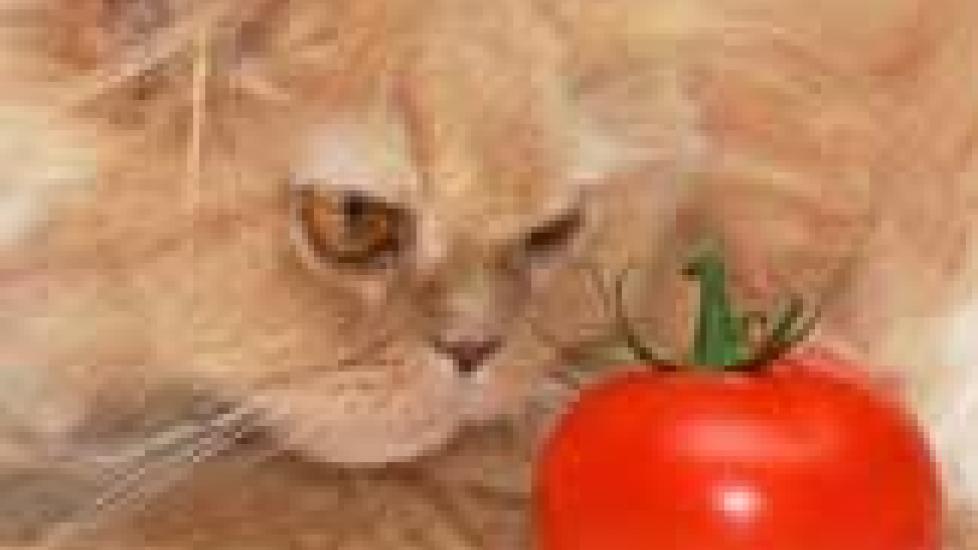Phytonutrients and Antioxidants
There seems to be a movement these days toward the inclusion of what I’d call "non-traditional" ingredients in cat foods. Cranberries, apples, peas, carrots, broccoli … what role could fruits and vegetables like these possibly play in a cat’s diet, beyond marketing?
I think the answer lies in the fact that fruits and vegetables are wonderful sources of phytonutrients and antioxidants, which begs the question, "What are phytonutrients and antioxidants?"
Phytonutrients are biologically active compounds that have a potential health benefit. This field of study is really in its infancy, but evidence is mounting that, in humans at least, carotenoids (e.g., from carrots and broccoli), polyphenols (e.g., from apples and cranberries), and other phytonutrients can help prevent some types of cancer, protect against heart disease, enhance the functioning of the immune system, and more.
Many phytonutrients are also antioxidants — compounds found in food that can break down free radicals. Free radicals are a natural end-product of metabolism, but production of these destructive molecules often increases to dangerous levels when the body is stressed by illness, exposed to toxins, etc. Free radicals are "missing" an electron, and when they come into contact with cell membranes, DNA, proteins, or other cellular structures, they will "steal" an electron from them. This process damages the donor molecule, often causing it to turn into a free radical itself and thereby continuing the cycle. Antioxidants break this chain reaction by “donating” an electron and neutralizing free radicals without becoming free radicals themselves. Vitamins A, C, and E, carotenoids, and selenium are all powerful antioxidants.
One of the benefits of including natural ingredients like fruits and vegetables in the diet rather than relying solely on supplements is that one ingredient can bring multiple nutrients to the table. Take broccoli, for example. Broccoli is rich in carotenoids, vitamin C, thiamine, riboflavin, folate, calcium, phosphorus, potassium, and fiber. While all these nutrients could be added to the diet via supplementation, nutritionists typically recommend that, whenever possible, we meet our nutritional needs though eating real food versus the use of supplements. Including fruits and vegetables in cat food doesn’t eliminate the need to use supplements to create a balanced diet, but there may be some health benefits associated with natural sources of vitamins, minerals, phytonutrients, and antioxidants that we don’t yet fully appreciate.
Hopefully more research into how phytonutrients and antioxidants can improve feline health will come with time. Meanwhile, I seen no harm — and some potential gain — in feeding cats a food that contain fruits and vegetables as long as it is provides optimally balanced nutrition in all other ways as well.

Dr. Jennifer Coates
Image: JJ Studio / via Shutterstock
